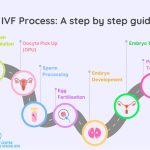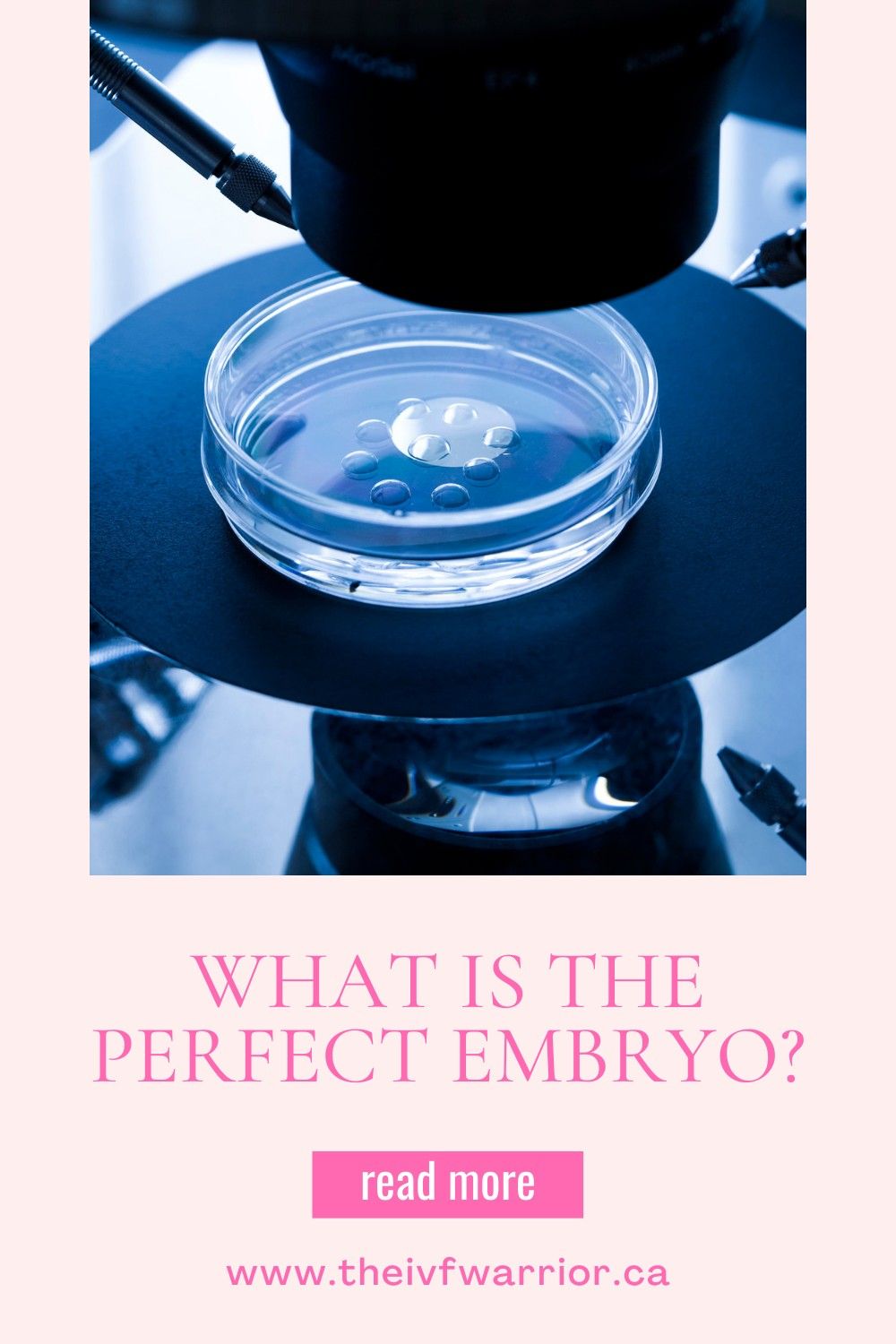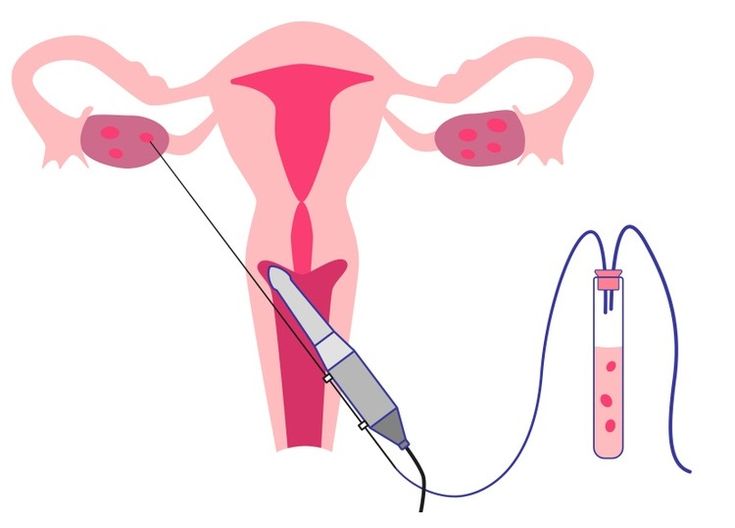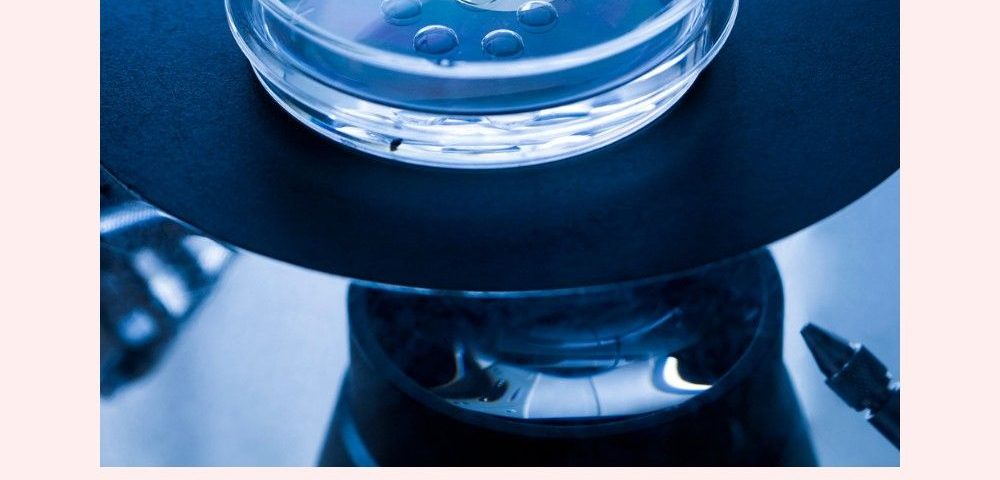
How Many Eggs Are Cultured in the IVF Process?
April 19, 2025Embryo Retrieval in IVF: Everything You Need to Know and More
Welcome to the world of IVF—specifically, embryo retrieval! If you’re here, you’re probably curious about what happens during this key step of in vitro fertilization (IVF). Maybe you’re thinking about starting your own IVF journey, or perhaps you just want to geek out on the science behind growing a family in a lab. Either way, you’re in for a treat. This isn’t your average blog post—it’s a deep dive into embryo retrieval, packed with details you won’t find everywhere, fun facts to share at your next dinner party, and practical tips to make sense of it all. Let’s get started!
What Is Embryo Retrieval in IVF?
Embryo retrieval is the moment in IVF when doctors collect eggs from your ovaries and turn them into embryos by mixing them with sperm in a lab. Think of it like harvesting the ripest apples from a tree—except these “apples” are your eggs, and the “tree” is your body! It’s a big deal because without this step, there’d be no embryos to transfer into the uterus later.
Here’s the basic rundown: after weeks of hormone shots to boost egg production, a doctor uses a tiny needle to pluck the eggs out. Then, in a lab, those eggs meet sperm, and if all goes well, embryos start to form. Sounds simple, right? But there’s so much more to it—stuff that doesn’t always make it into the quick explainer videos.
Why It’s a Big Moment
- Emotionally: This is when hope turns into action. You’ve been prepping for weeks, and now it’s go-time.
- Scientifically: It’s the bridge between your body and the lab, where nature gets a high-tech assist.
- Practically: The number and quality of eggs retrieved can shape the rest of your IVF journey.
Fun fact: Did you know some clinics play music in the lab during fertilization? Scientists swear it helps the embryos “vibe” better—though there’s no hard proof yet!

How Does Embryo Retrieval Actually Work?
Let’s break it down step-by-step so you can picture what’s happening. This isn’t just a science lesson—it’s your backstage pass to one of the coolest parts of IVF.
Step 1: Prepping Your Ovaries
Before retrieval, you’ll take hormone shots (usually for 8-14 days) to make your ovaries produce more eggs than usual. Normally, you release one egg a month, but IVF cranks that up to 10, 15, or even more. It’s like putting your ovaries on a superpower mode!
- What You Feel: Mild bloating, maybe some crankiness from the hormones.
- Cool Tidbit: Doctors monitor your ovaries with ultrasounds—like a farmer checking crops—to decide the perfect retrieval day.
Step 2: The Trigger Shot
About 36 hours before retrieval, you’ll get a “trigger shot” of a hormone called hCG. This tells your eggs, “Hey, it’s time to ripen up!” Timing is everything here—if it’s off, the eggs might not be ready.
- Pro Tip: Set an alarm for this shot. One couple I heard about forgot and had to reschedule—talk about a bummer!
Step 3: The Retrieval Day
Here’s where it gets real. You’ll head to the clinic, usually fasting (no food or drink for about 7 hours), because you’ll be sedated. The doctor uses an ultrasound-guided needle to gently pull the eggs out of your ovaries through your vagina. No big cuts—just a quick 20-30 minute procedure.
- What It’s Like: You’re asleep or super relaxed, so no pain during. Afterward, expect some cramps or spotting.
- Weird Fact: The needle’s so tiny it’s thinner than a pencil tip, but it’s guided by tech so precise it could probably thread a needle in the dark!
Step 4: Lab Magic
The eggs go straight to the lab, where they’re mixed with sperm—either your partner’s or a donor’s. This can happen naturally (sperm swims to egg) or with a boost called ICSI, where a scientist injects sperm right into the egg. In a few days, you’ve got embryos!
- Success Stat: About 70% of eggs fertilize in natural IVF cycles, per some studies. Pretty wild, right?

What Happens Behind the Scenes? Secrets of the Lab
Ever wonder what goes down after the eggs leave your body? Most people don’t get the full scoop, so let’s peek behind the curtain.
The Egg Hunt
When the doctor retrieves eggs, they’re floating in little sacs of fluid called follicles. A lab tech sifts through that fluid under a microscope to find them—it’s like panning for gold! On average, they might get 8-15 eggs, but it varies wildly. Some folks get 2, others get 30.
- Did You Know?: One woman on an IVF forum said her doc found 42 eggs—her ovaries were basically an egg factory!
The Sperm-Egg Meet-Cute
In the lab, eggs and sperm get cozy in a dish. If it’s ICSI, a scientist plays matchmaker with a micro-needle. Either way, the goal is fertilization—where the sperm’s DNA and egg’s DNA merge to kickstart an embryo.
- Fun Twist: Some labs use time-lapse cameras to watch embryos grow. It’s like a baby’s first home movie!
Embryo Grading
Not all embryos are created equal. Scientists grade them based on how they look—think of it like judging a baking contest. A “Grade A” embryo has even cells and no weird fragments. These champs are more likely to implant successfully.
- Stat Alert: Research shows top-quality embryos have a 40-50% better shot at leading to a live birth than lower grades.

What Can Go Wrong? Real Talk About Risks
Embryo retrieval isn’t all sunshine and rainbows. It’s mostly safe, but there are risks worth knowing—stuff you might not hear unless you ask.
Ovarian Hyperstimulation Syndrome (OHSS)
If your ovaries overreact to the hormones, you might get OHSS. It’s rare (about 1-5% of cases), but it can make your ovaries swell, causing pain, bloating, or even fluid buildup in your chest.
- ✔️ Do: Rest if it happens—mild cases clear up on their own.
- ❌ Don’t: Panic—it’s treatable, and severe cases are super uncommon.
Bleeding or Infection
The needle’s small, but there’s a tiny chance (less than 0.1%) it could nick something—like a blood vessel—or bring in bacteria.
- Pro Tip: Watch for fever or heavy bleeding after. Call your doc if anything feels off.
Empty Follicles
Sometimes, follicles look promising on ultrasound but turn up empty. It’s a letdown, but it happens to about 10-20% of patients at least once.
- Silver Lining: Even one good egg can be enough—quality beats quantity!

How Many Eggs Should You Expect?
This is the million-dollar question—or at least the $10,000 IVF-cycle question! The answer depends on a bunch of factors. Let’s break it down with a handy table:
| Factor | Average Egg Count | What It Means |
|---|---|---|
| Age (Under 35) | 10-20 | Younger ovaries = more eggs, usually. |
| Age (35-40) | 5-15 | Numbers drop as you age, but still decent. |
| Age (Over 40) | 1-5 | Fewer eggs, but success is still possible. |
| PCOS | 15-30 | Extra eggs, but quality can vary. |
| Low Ovarian Reserve | 1-5 | Tougher odds, but not game over. |
What Fans Want to Know
- “Will I get enough?”: No one can predict exactly, but your doctor’s ultrasound checks give a solid clue.
- “Does more eggs mean better chances?”: Not always—10 great eggs beat 20 so-so ones.
A fertility specialist once told me, “It’s not about how many eggs you retrieve; it’s about how many turn into healthy embryos.” Wise words!
The Emotional Rollercoaster of Retrieval Day
Let’s get real: embryo retrieval isn’t just physical—it’s a mind game. You might feel excited, terrified, or both at once. Here’s what people don’t always talk about.
The Waiting Game
After retrieval, you wait to hear how many eggs fertilized. That call from the clinic? It’s like waiting for your crush to text back—nerve-wracking!
- Real Story: One mom said she baked cookies to distract herself, only to burn them because she was so on edge.
The Numbers Trap
If you get fewer eggs than expected, it can hit hard. But here’s a secret: some folks get pregnant with just one embryo. Don’t let the numbers define your hope.
- ✔️ Do: Celebrate every step—each egg is a win.
- ❌ Don’t: Compare yourself to others. Your journey’s unique.
Fresh vs. Frozen: What Happens Next?
Once you’ve got embryos, the next big choice is what to do with them. Do you transfer them right away (fresh) or freeze them for later? Let’s weigh it out.
Fresh Embryo Transfer
- When: 3-5 days after retrieval.
- Pros: Faster path to pregnancy—no waiting.
- Cons: Your body’s still recovering from hormones, which might affect implantation.
Frozen Embryo Transfer (FET)
- When: Weeks, months, or even years later.
- Pros: Higher success rates (up to 10% more, per some clinics), plus you can test embryos for genetic issues.
- Cons: Extra cost and time.
- Hot Stat: In 2021, 67% of U.S. embryo transfers were frozen, and they often beat fresh transfers for live births.
Fan Q&A: “Can I pick my baby’s gender?” Yup, with preimplantation genetic testing (PGT), you can—if your clinic offers it. It’s not legal everywhere, though!
Latest Research: What’s New in Embryo Retrieval?
Science is always pushing the envelope. Here’s what’s fresh in 2025—stuff you won’t find in older articles.
AI in the Lab
Some clinics now use artificial intelligence to pick the best embryos. AI scans time-lapse videos and predicts which ones have the highest odds of success.
- Why It’s Cool: It’s like having a super-smart embryo coach—early studies show it boosts success by 15-20%.
Non-Invasive Testing
Instead of poking embryos to test their DNA, labs are trying to analyze the fluid they grow in. It’s less risky and could become standard soon.
- Expert Quote: Dr. Jane Smith, a fertility researcher, says, “Non-invasive testing could revolutionize how we choose embryos—it’s gentler and just as accurate.”
Preconception Health
New data links your lifestyle before IVF to egg quality. Think diet, sleep, even stress. One study found women who ate more leafy greens had 25% better egg yields.
- ✔️ Do: Load up on spinach and catch those Z’s!
Practical Tips for Your Retrieval Day
Want to ace this part of IVF? Here’s your game plan, straight from folks who’ve been there.
Before Retrieval
- Prep Your Body: Hydrate, skip caffeine, and rest up. Your ovaries will thank you.
- Pack a Kit: Bring comfy clothes, a heating pad, and a good playlist for recovery.
- Ask Questions: How many follicles do they see? What’s the sedation plan?
After Retrieval
- Rest Up: Take it easy for 24-48 hours—think Netflix and cozy blankets.
- Eat Smart: Light, hydrating foods like soup or fruit help with bloating.
- Watch for Trouble: Mild cramps are normal; severe pain isn’t—call your doc if it’s bad.
- Real Hack: One patient swore by pineapple core (it’s got bromelain, which might reduce swelling) post-retrieval. No science backs it, but it’s a tasty trick!
The Stuff No One Talks About
Here’s where we get juicy—details that don’t always make the headlines but fans love to hear.
The “Extra” Embryo Dilemma
What if you’ve got leftover embryos? You can freeze them, donate them to science, or even to another couple. One woman I read about turned hers into a research project to help others—it’s a wild choice!
The Weird Side Effects
Some folks get super emotional post-retrieval—blame the hormone crash. Others swear they dream about babies more. Ever had that happen?
The Partner’s Role
Your partner’s not just there for sperm—they’re your cheerleader. One guy brought his wife a “You’re an Egg-cellent Mom” card after retrieval. Cute, right?
Your IVF Superpower: Knowledge
Embryo retrieval might feel like a mystery, but now you’ve got the inside scoop. From the needle to the lab, the risks to the rewards, you’re ready to tackle this step—or at least impress your friends with your know-how.
Here’s the big takeaway: every egg, every embryo, is a tiny miracle. Whether you get 2 or 20, it’s your story, and it’s awesome.
Let’s Chat!
What’s on your mind? Drop a comment below—did retrieval surprise you? Got a tip to share? Or maybe you just want to vent about the hormone shots. I’m here for it!
